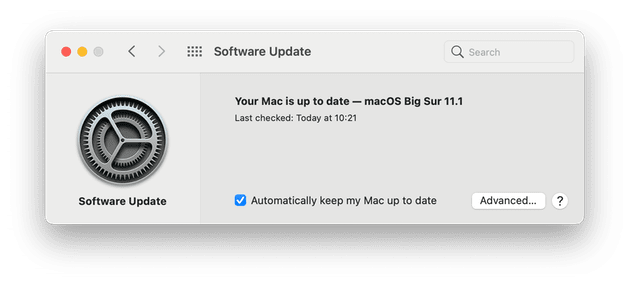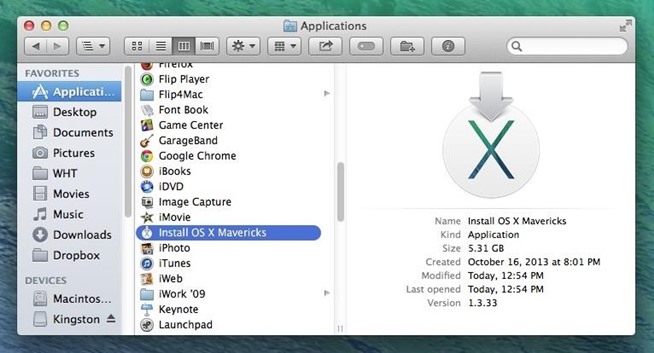
Edit cron using the following command in the terminal:Īdd this line, but substitute /path_to_image_script with the real path to the shell script from above: For example, you can create a cron job that images Macintosh HD to another drive called Backup Images every Sunday at 3 AM. You can use cron to make full disk image backups. Sleep 10 mv /Volumes/extdisk/backup.dmg /Volumes/extdisk/server_name_here `date +%Y-%m-%d’.dmg

Sleep 10 asr -imagescan /Volumes/extdisk/server_name_here.dmg =begin script = hdiutil create -srcfolder / /Volumes/extdisk/server_name_here.dmg The only thing you will need to change is the part that says extdisk – change this to the name of the second partition or share you will save the image to. The disc image will be created with the date in the name. Click the Restore button.Ĭreating Disk Images with hdiutil and asrīelow, you’ll find a simple script that will create a ready-to-restore image. Check both the Erase Destination and Skip Checksum checkboxes. Drag the partition you want to restore to from the left pane to the Destination box. Drag the image file from the left pane to the Source box. To restore a disc image back to a hard drive, click once on the image in the left pane. From the Images menu, select Scan image for Restore. Once the disc image is created, it will appear in the left pane in the Disk Utility application. From the Image Format menu, select Compressed. It’s located in Applications > Utilities.įrom the File menu, select New > Disk Image from Folder. Here’s how to make a Mac start up disk image using Disk Utility: You can image an active boot drive, but try to stop or quit any services and applications to make sure there is minimal writing to the hard drive while the image is being created. It is best to create an image from a drive that is not booted at the time. We’ll talk about the GUI disk utility version first, and then we’ll discuss the CLI and automated version. There are two ways to create these images: Using Disk Utility or using the hdiutil and asr commands in the terminal.

You will need an additional volume or a mounted shared drive with enough space to create the image. This image will be compressed and will make recovery fast and easy. This how-to will show you how to make an image of one hard drive and store it on another drive. It’s an indispensable tool – one which could save your data and prevent a lot of headaches down the road.

If you’re into preventative maintenance and creating backups like we are, you’ll need to create a Mac start up disk image. AirPort Apple Apps Backups Developer Education Email Hardware Internet iPad iPhone Mac Music Network Photos Security TV Weekend Wonk


 0 kommentar(er)
0 kommentar(er)
